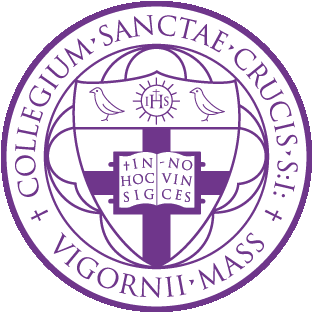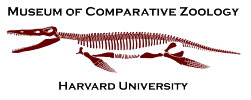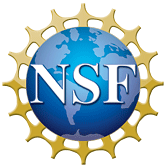Aves - Neognathae - Columbiformes - Columbidae - †Raphus - †Raphus cucullatus (Durban specimen)
| Species Description |
|---|
|
The Durban dodo specimen (DNSM 2366) is one of two dodo specimens found by the amateur collector Etienne Thirioux more than a century ago. It is one of the most complete dodo specimens in existence: it is a composite made up from the remains of only a few different birds (possibly as few as two) and contains many skeletal elements that belong to the same individual(s). This is quite unique: the vast majority of dodo skeletons on display in museums are composite (entirely pieced together from different bones) and incomplete. The Thirioux dodo skeletons, one on exhibit at the Durban Natural Science Museum and on exhibit in the Natural History Museum in Port Louis, Mauritius, are the subject of a new monograph on dodo anatomy, published 150 years after Sir Richard Owen's first, but incomplete description of the anatomy of the dodo skeleton:
: Anatomy of the dodo (Raphus cucullatus L., 1758): An Osteological Study of the Thirioux specimens. Leon P. A. M. Claessens, Hanneke J. M. Meijer, Julian P. Hume, and Kenneth F. Rijsdijk (Editors).
Society of Vertebrate Paleontology Memoir 15, Journal of Vertebrate Paleontology Vol. 35, Supplement to No. 6.
|
| Skeletal Elements Available |
|
Skeleton (as mounted in museum) |
Skeleton (repositioned) |
atlas (first neck vertebra) |
|
axis (second neck vertebra) |
left patella (left knee cap) |
Right ankle sesamoid (Right ankle joint sesamoid bone) |
| External Links |
|---|
|
Society of Vertebrate Paleontology Dodo Memoir |




